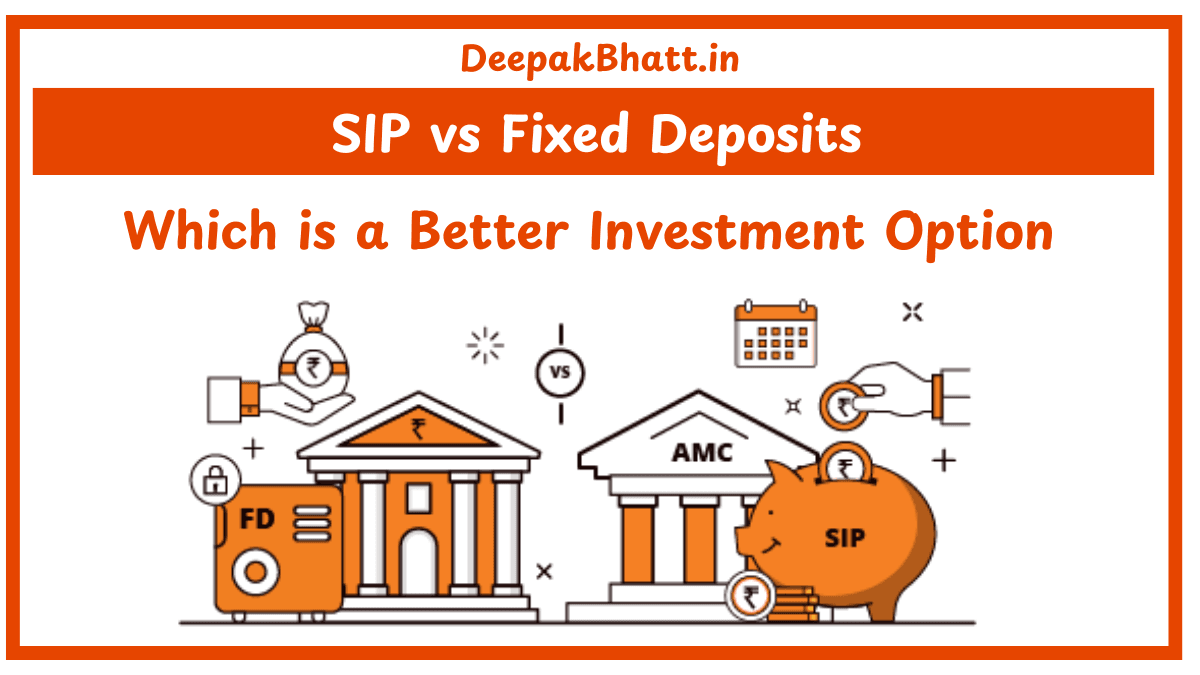Options Trading In the intricate landscape of financial markets, options emerge as a versatile and powerful instrument.
Offering investors a unique set of opportunities for strategic maneuvers.
An option, in its essence, is a financial contract that provides the holder with the right, but not the obligation, to buy or sell an underlying asset at a predetermined price within a specified time frame.
This comprehensive guide aims to demystify the concept of options, shedding light on their types, mechanics, applications, and broader implications for investors seeking to harness the potential of these financial tools.
- 1 Unraveling the Essence of Options Trading
- 1.1 Key Components of Options:
- 1.2 Types of Options
- 1.3 1. Call Options:
- 1.4 2. Put Options:
- 1.5 Mechanics of Options
- 1.6 1. Exercising Options:
- 1.7 2. Assignment:
- 1.8 3. Option Pricing Models:
- 1.9 Applications of Options
- 1.10 1. Speculation:
- 1.11 2. Hedging:
- 1.12 3. Income Generation:
- 1.13 4. Portfolio Diversification:
- 1.14 5. Leverage:
- 1.15 Risks and Challenges of Options Trading
- 1.16 1. Limited Lifespan:
- 1.17 2. Price Volatility:
- 1.18 3. Complexity:
- 1.19 4. Potential Loss of Premium:
- 1.20 5. Assignment Risk:
- 1.21 Strategies in Options Trading
- 1.22 1. Covered Call:
- 1.23 2. Protective Put:
- 1.24 3. Straddle:
- 1.25 4. Butterfly Spread:
- 1.26 5. Iron Condor:
- 1.27 Future Trends in Options Trading
- 1.28 1. Increased Retail Participation:
- 1.29 2. Algorithmic Options Trading:
- 1.30 3. Innovation in Derivatives:
- 1.31 4. Enhanced Risk Management Tools:
- 1.32 Conclusion
Unraveling the Essence of Options Trading
Options, as financial instruments, derive their value from an underlying asset, which can be anything from stocks and bonds to commodities and currencies.
Market capitalization weighted Complete Free Concept
What is Equity? Concept, Types & Future Free Trends
What is IPO? Concept, Process & Significance Free
They grant the holder the flexibility to make decisions based on market conditions, providing an avenue for both speculation and risk management. The two primary types of options are call options and put options, each serving distinct purposes in the realm of financial strategies.
Key Components of Options:
- Underlying Asset: The asset on which the option’s value is based. It could be stocks, commodities, indices, or other financial instruments.
- Strike Price: The price at which the underlying asset can be bought or sold when the option is exercised.
- Expiration Date: The date when the option contract expires. After this date, the option is no longer valid.
- Premium: The price paid by the option buyer to the option seller for the rights conveyed by the option.
Types of Options
Options come in two fundamental forms: call options and put options, each serving distinct roles in the realm of financial strategies.
1. Call Options:
- Definition: A call option gives the holder the right, but not the obligation, to buy the underlying asset at the strike price before or at the expiration date.
- Buyer’s Perspective: Call options are attractive to investors who anticipate a rise in the price of the underlying asset. By holding a call option, they have the potential to buy the asset at a lower, predetermined price.
2. Put Options:
- Definition: A put option provides the holder with the right, but not the obligation, to sell the underlying asset at the strike price before or at the expiration date.
- Buyer’s Perspective: Put options are favored by investors expecting a decline in the price of the underlying asset. Holding a put option allows them to sell the asset at a higher, predetermined price.
Mechanics of Options
Understanding how options work involves delving into their mechanics, including key concepts like exercising, assignment, and option pricing models.
1. Exercising Options:
- Call Options: The holder of a call option can exercise it by buying the underlying asset at the strike price. This is typically done when the market price of the asset is higher than the strike price.
- Put Options: The holder of a put option can exercise it by selling the underlying asset at the strike price. This is usually done when the market price of the asset is lower than the strike price.
2. Assignment:
- When an option is exercised, the other party involved (the option seller) is assigned the obligation to fulfill the terms of the contract. For call options, this means selling the underlying asset at the strike price; for put options, it involves buying the underlying asset at the strike price.
3. Option Pricing Models:
- Various models, such as the Black-Scholes model, are used to calculate the theoretical value of options. These models consider factors like the current market price of the underlying asset, the option’s strike price, time to expiration, volatility, and interest rates.
Applications of Options
Options play a crucial role in a myriad of financial strategies, catering to investors with diverse objectives. Options Trading Here are key applications of options in the financial landscape:
1. Speculation:
- Investors can use options to speculate on the direction of price movements in the underlying asset. Call options enable bullish bets, anticipating price increases, while put options facilitate bearish bets, anticipating price declines.
2. Hedging:
- Options serve as effective tools for risk management. Investors can use options to hedge against potential losses in their investment portfolios. For example, a stockholder concerned about a potential market downturn may purchase put options to protect against declines in the stock’s value.
3. Income Generation:
- Options can be employed to generate income through strategies like covered calls. In a covered call, an investor sells call options on a stock they already own, earning premium income while potentially allowing the stock to be sold at a higher price if the market rises.
4. Portfolio Diversification:
- Including options in a portfolio can enhance diversification. Options provide exposure to different market dynamics, and their value is influenced by factors beyond traditional stock and bond movements.
5. Leverage:
- Options provide a leveraged way to gain exposure to the underlying asset. With a relatively small investment (the premium), an investor can control a larger position in the market, amplifying potential returns (as well as risks).
Risks and Challenges of Options Trading
While options offer diverse strategic possibilities, they come with their own set of risks and challenges. Understanding these aspects is crucial for prudent decision-making in the options market.
1. Limited Lifespan:
- Options have a finite lifespan, and their value diminishes as they approach expiration. This time decay can erode the premium paid for the option.
2. Price Volatility:
- Options are highly sensitive to price volatility in the underlying asset. Sudden and significant price movements can impact the value of options, potentially leading to losses.
3. Complexity:
- Options trading involves a level of complexity, especially for individuals new to derivatives. Understanding the intricacies of options requires education and experience.
4. Potential Loss of Premium:
- The premium paid for an option is at risk of being lost if the market does not move in the anticipated direction. This is a key consideration for option buyers.
5. Assignment Risk:
- For option sellers, there’s the risk of being assigned and having to fulfill the terms of the contract. This can result in buying or selling the underlying asset at less favorable prices.
Strategies in Options Trading
Options trading involves a myriad of strategies tailored to different market conditions and investor objectives. Here are some common strategies:
1. Covered Call:
- This strategy involves selling call options on a stock the investor already owns. It generates income through the premium while potentially allowing the stock to be sold at a higher price if the market rises.
2. Protective Put:
- A protective put involves buying a put option to hedge against potential losses in a stock. If the stock’s value declines, the put option provides the right to sell the stock at the predetermined strike price.
3. Straddle:
- A straddle involves buying both a call option and a put option with the same strike price and expiration date. This strategy profits from significant price movements in either direction.
4. Butterfly Spread:
- A butterfly spread involves combining multiple options with different strike prices to create a position that benefits from low volatility. It’s a neutral strategy suited for stable market conditions.
5. Iron Condor:
- An iron condor combines a bear call spread and a bull put spread to create a position that profits from low volatility. It’s a strategy used when the investor expects the underlying asset to remain within a certain price range.
Future Trends in Options Trading
As financial markets evolve and technological advancements reshape trading practices, several trends are influencing the future landscape of options trading:
1. Increased Retail Participation:
- The accessibility of options trading platforms and educational resources is contributing to increased retail participation in the options market. Retail investors are exploring options strategies as part of their investment approach.
2. Algorithmic Options Trading:
- Algorithmic and quantitative trading strategies are becoming more prevalent in options trading. Automated systems can execute complex options strategies based on predefined algorithms and market conditions.
3. Innovation in Derivatives:
- Ongoing innovation is expected in the development of new options and derivative products. These innovations may include options tied to specific economic indicators, environmental factors, or other unique underlying assets.
4. Enhanced Risk Management Tools:
- The development of advanced risk management tools may provide options traders with more sophisticated ways to assess and mitigate risks. These tools could enhance decision-making processes and risk management strategies.
Conclusion
In conclusion, options stand as dynamic instruments in the toolkit of investors, offering a spectrum of strategic possibilities for navigating the complexities of financial markets.
Whether used for speculation, risk management, income generation, or portfolio diversification, options empower investors with the flexibility to tailor their approaches to market conditions and objectives.
As individuals delve into the world of options, a comprehensive understanding of their mechanics, applications, and associated risks becomes paramount.

















